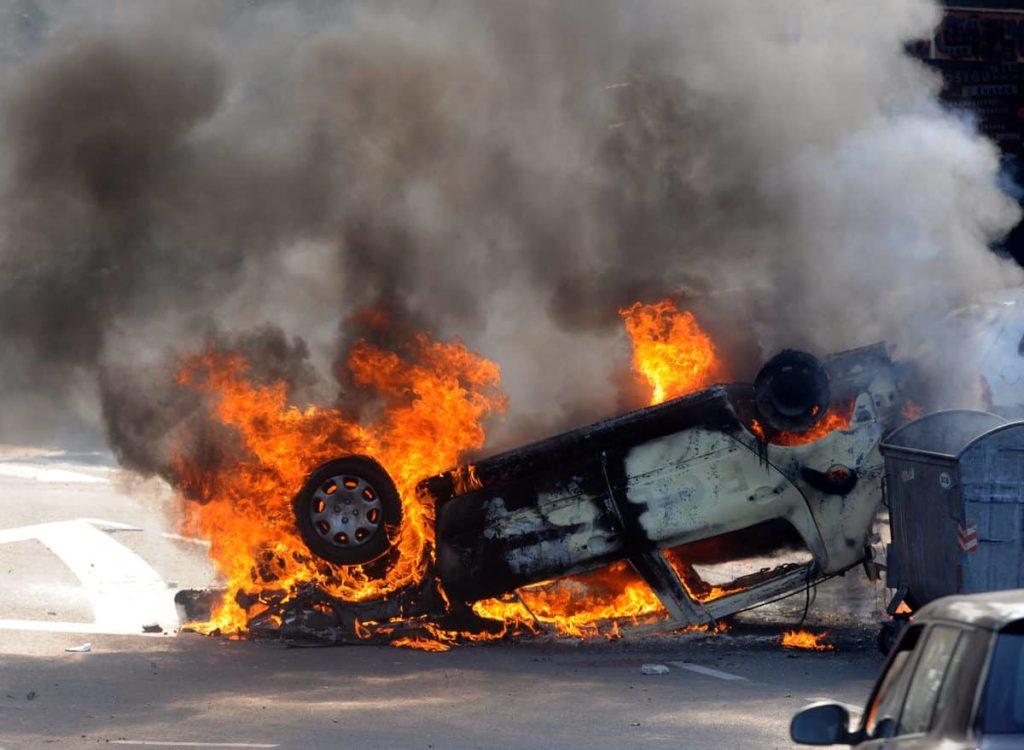Jihad threat continues in new theaters as well as old

Originally published by Terror Trends Bulletin
The UAE publication “The National” has published an article on 2019’s deadliest terrorist groups. It seems rather odd that it took so long to publish such an article about 2019, but perhaps the Wuhan virus pandemic is responsible. The article ranks terrorist groups by the number of reported deaths they caused during 2019.
Body count is a poor metric for measuring the activity of Jihadists because body count can be largely a matter of chance. A bomb detonating just an hour after rush hour somewhere might kill just a few victims, whereas the same bomb in the same place detonated an hour earlier could kill scores or even hundreds. Nevertheless the National article does illustrate one important thing: As we have been reporting for several years, Africa has become the primary theater of operations in the global Jihadist insurgency.
2 of the 4 most deadly Jihadist groups in the world operate exclusively in Africa. A 3rd, ISIS, also has major operations in Africa, particularly in Mozambique.
Boko Haram, notorious for kidnapping hundreds of Christian schoolgirls in 2014 (nearly half of whom were never recovered), operates in Nigeria, Cameroon, Niger and Burkina Faso.
Al Shabaab operates mainly in Somalia and Kenya but has also carried out operations in Uganda and Ethiopia. Al Shabaab has a support network in the U.S., particularly in the Minneapolis region among the Somali expatriate community there. There have been multiple convictions of Somalis on material support for terrorism charges in the U.S. and they have threatened the U.S. in the past.
Another Jihadist group not mentioned in this article is Al Qaeda in the Islamic Maghreb (AQIM). They have been active in Algeria, Mali, Libya, Niger and Mauritania. AQIM recently named a new emir, Abu Ubaidah Yusef al-Annabi. Al-Annabi replaced Abdelmalek Droukdel (Abu Musab Abdel Wadoud), who was killed in June in Mali by French military operators under the Commandement des Opérations Spéciales.
We ignore what is happening in Africa at our peril. As the now deceased leader of Al Qaeda in the Arabian Peninsula (AQAP) Anwar al-Awlaki said: “Jihad is global. Jihad is not a local phenomenon, jihad is global and is not stopped by borders or barriers.”
That is why we point out that we are on the receiving end of a global Jihadist insurgency.
Boko Haram is based in northern Nigeria, yet clearly they are funded by oil-rich Muslims in regions over 3000 air miles away–supporters who probably have never been to Nigeria and probably never will go to Nigeria.
Al Shabaab is based in Somalia, yet they have received support from Minnesota, more than 8,000 miles away:
Historically, when Jihadists are allowed a safe haven, they simply use it as a base of operations to spread jihad elsewhere. The example of the Taliban in the National article is instructive.
It is generally–and falsely–assumed that the Taliban were strictly local to Afghanistan and have no interest in global jihad. This has never been the case. First of all, the Taliban weren’t even formed in Afghanistan, they were established by the Pakistani ISI (Pakistan’s intelligence organization) in neighboring Pakistan out of students in madrassas (Islamic schools). (Taliban translated into English actually means “student.”) When the Taliban subsequently seized power, long after the Soviets withdrew from Afghanistan, they invited foreign fighters who had fought the Soviets in the 1980s to come back to Afghanistan to make it a “launching pad for global jihad.” It’s no accident that 9/11 was hatched from Afghanistan.
We are now seeing much of an entire continent engulfed in violent jihad. This never seems to end well.
- President Trump Takes a Much Needed Step on Fentanyl - December 15, 2025
- Texas leads the way against the Muslim Brotherhood - November 25, 2025
- Defender of Freedom: Senator Jay Collins - August 4, 2025
